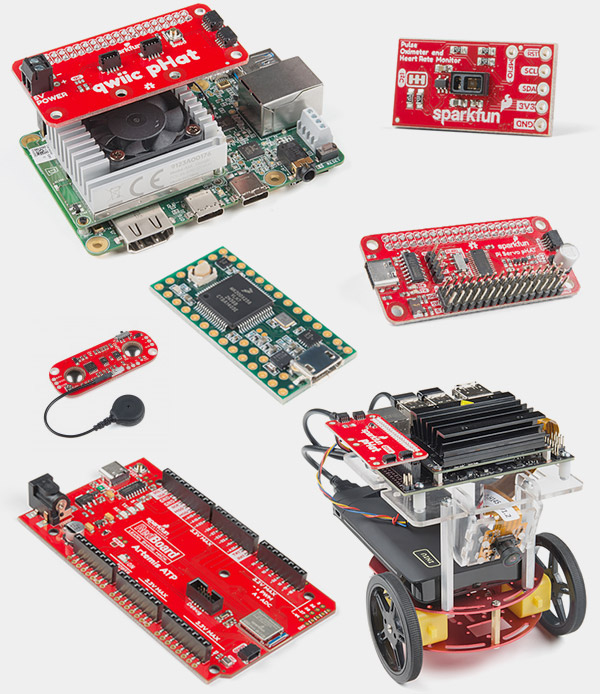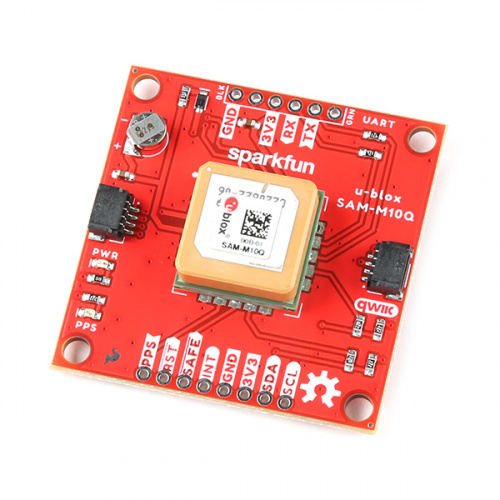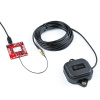Hello everyone and welcome back to another Friday Product Post here at SparkFun Electronics! This week we only have a single product to show off (because we might be working on something big releasing in the next few weeks) but that doesn't make it any less exciting! The SAM-M10Q GPS Breakout is the next iteration of our SAM-M8Q board that we released a few years ago and can be considered a drop-in replacement! This is a pretty impressive receiver for its size, so this is one you definitely won't want to sleep on. Let's jump in and take a closer look at this week's new product!
The SAM-M10Q includes a built-in chip antenna and is compatible with the L1 band on all five GNSS constellations.
The SparkFun SAM-M10Q GPS Breakout features the SAM-M10Q chip-antenna module from u-blox©. The M10Q line is the successor to u-blox's M8Q found on the SparkFun GPS Breakout - Chip Antenna, SAM-M8Q (Qwiic), and is a drop-in replacement with updated features to reduce power consumption by almost half while also improving performance and accuracy. The SAM-M10Q can receive up to four GNSS constellations at once which improves time-to-fix and positional accuracy even in areas with a limited view of the sky.
The SAM-M10Q includes a built-in chip antenna and is compatible with the L1 band on all five GNSS constellations (GPS L1 C/A, QZSS L1 C/A L1S, GLONASS L1OF, BeiDou B1C, and Galileo E1B/C). It has a horizontal position accuracy of 1.5m, a max update rate of 18Hz when transmitting with just one GNSS constellation (max of 5Hz with four GNSS), and a cold start time to fix of 23 seconds. The board includes a rechargeable 3V/1mAh battery to provide backup power for up to four hours to maintain a hot start of just a single second.
We designed this board to integrate into the Qwiic system that requires no soldering to connect it to the rest of your I2C system. However, the board still breaks out 0.1"-spaced pins for users who prefer a soldered connection or prototyping on a breadboard.
That's it for this week. As always, we can't wait to see what you make. Shoot us a tweet @sparkfun, or let us know on Instagram, Facebook or LinkedIn. Please be safe out there, be kind to one another! We'll be back with more new products next week so make sure to check back then. Happy hacking!










